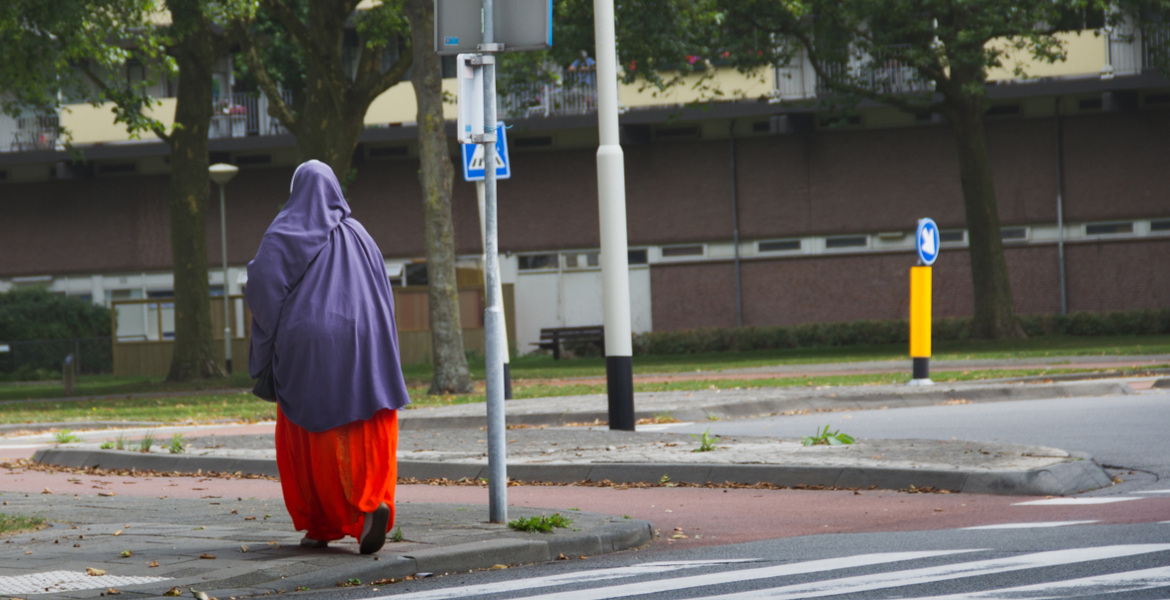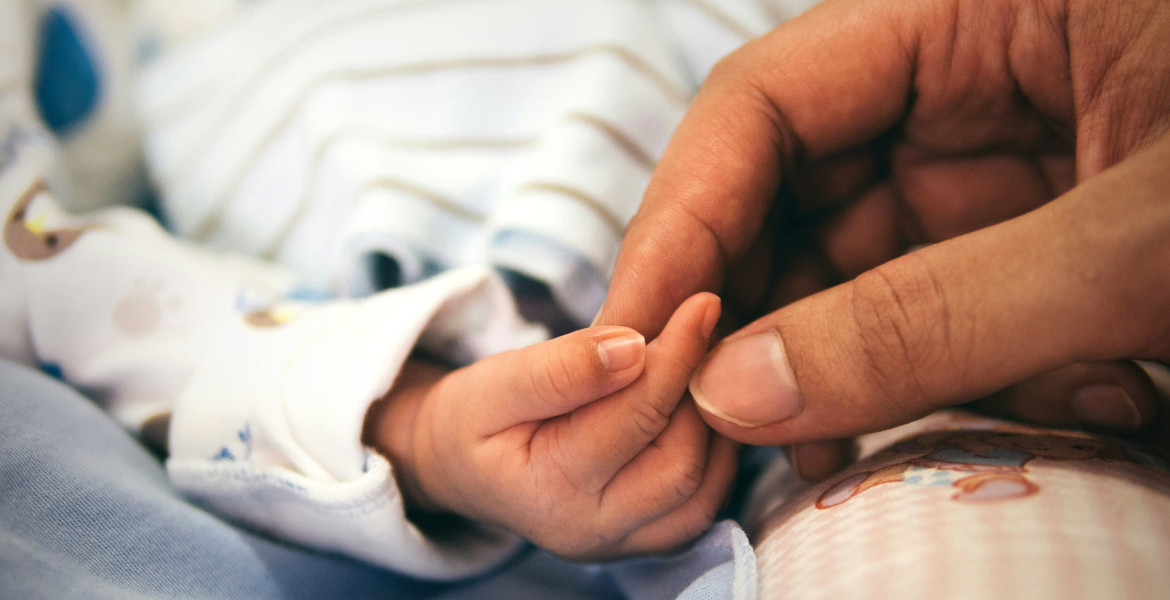According to the Norwegian Directorate of Immigration (Utlendingsdirektoratet), several Pakistani citizens have tried to obtain asylum in Norway by pretending to be Afghans.
Despite new Norwegian rules designed to make asylum fraud more difficult, efforts to uncover these false identities in Pakistan have virtually ground to a halt.
The Norwegian Directorate of Immigration (Utlendingsdirektoratet - UDI) reports that about 350 cases of suspected fraud have been uncovered in recent years.
The fraud mainly involves people from Pakistan claiming to be from Afghanistan in their asylum applications, according to Norway's NRK.
Administrators at the UDI are now dealing with cases where someone has been in Norway for as long as 15-20 years. Many of them have obtained residence permits and even Norwegian citizenship using false identities and information.
Camilla Torgersen, head of the unit at UDI, emphasizes the importance of establishing the correct identity of people in Norway.
– Most of the people in question have obtained residence permits in Norway on false grounds. Several have also obtained Norwegian citizenship under false identities.
High level of corruption complicates work
The work of verifying the information has almost completely stopped in Pakistan due to new rules from the Norwegian Ministry of Foreign Affairs. This has resulted in UDI not being able to proceed with many cases, with serious consequences for evidence and the ability to establish correct identities.
– It is important for the Norwegian authorities to establish the correct identity of Norwegian citizens and foreigners present in Norway. The situation makes it more difficult to control abuse, and [with the new rules] it will be easier to get a residence permit in Norway on false grounds, Camilla Torgersen told NRK.
The situation is reminiscent of the extensive fraud previously discovered in applications for family reunification from Pakistan. The high level of corruption, including the lack of birth registration in Pakistan, has made it difficult to verify identities and documents.
At the moment, the Norwegian UDI sees no solution to the problem unless the Norwegian government intervenes as soon as possible to adjust the new legal framework for asylum seekers.




